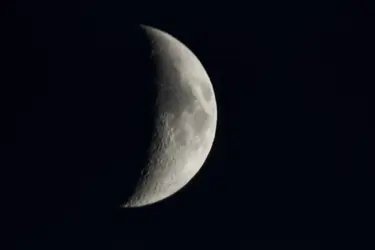downhilltrucker
TPF Noob!
- Joined
- Oct 5, 2023
- Messages
- 6
- Reaction score
- 2
- Location
- Sedona, AZ, USA
- Can others edit my Photos
- Photos NOT OK to edit
Hello, I'm working on a blog post about photographing the moon on my website while also learning how to get better at doing this myself. Are there any good blogs that you may have or resources that I can link to for the blog and also my own personal info? I'd much rather link to a member's page than some random company. Thanks for the help and any info as well!
Zach
Zach









![[No title]](/data/xfmg/thumbnail/35/35868-15d995e4052bf05e2038e8b2a545a08f.jpg?1734167589)

![[No title]](/data/xfmg/thumbnail/37/37625-7e132688457d56e50320a8c99a79fe38.jpg?1734170749)





![[No title]](/data/xfmg/thumbnail/42/42253-fef7e43227f484b1a95dd6d85c03bd40.jpg?1734176623)